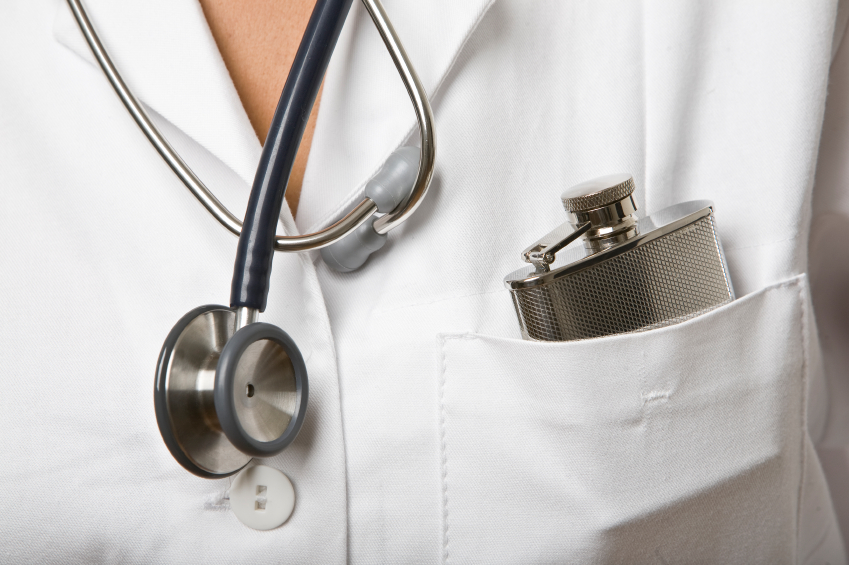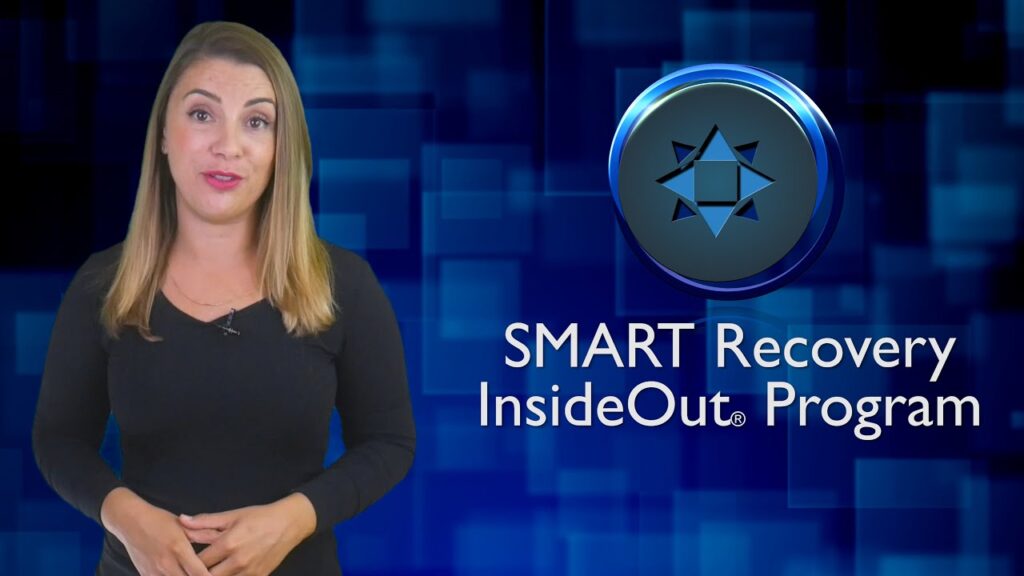Event Description
Committee Meeting #6
Join meeting in my Webex Personal Room
Meeting number (access code): 161 525 138 3
Join by phone
Tap to call in from a mobile device (attendees only)
+1-415-655-0003 US Toll
+1-202-860-2110 United States Toll (Washington D.C.)
Global call-in numbers
Join from a video conferencing system or application
Dial mya.lewis.ncgov@webex.com
You can also dial 173.243.2.68 and enter your meeting number.
For internal users, dial .
Event Description
Committee Meeting #2
Join meeting in my Webex Personal Room
Meeting number (access code): 161 525 138 3
Join by phone
Tap to call in from a mobile device (attendees only)
+1-415-655-0003 US Toll
+1-202-860-2110 United States Toll (Washington D.C.)
Global call-in numbers
Join from a video conferencing system or application
Dial mya.lewis.ncgov@webex.com
You can also dial 173.243.2.68 and enter your meeting number.
For internal users, dial .
Event Description
Committee Meeting with presentations from:
Joe Macbeth with the NADSP and Amy Hewitt with the University of Minnesota, national experts about the direct support profession.
Event Description
Committee Meeting #3
Meeting ID: 161 990 7527
Passcode: 146516
One tap mobile
+16692545252,,1619907527#,,,,,,0#,,146516# US (San Jose)
+16468287666,,1619907527#,,,,,,0#,,146516# US (New York)
Dial by your location
+1 669 254 5252 US (San Jose)
+1 646 828 7666 US (New York)
Meeting ID: 161 990 7527
Passcode: 146516
Find your local number: https://www.zoomgov.com/u/afqRw63H0
Event Description
Committee Meeting (Every Wednesday)
Event Description
Meeting ID: 160 570 1173
Passcode: Housing
One tap mobile
+16692545252,,1605701173#,,,,,,0#,,3532816# US (San Jose)
+16468287666,,1605701173#,,,,,,0#,,3532816# US (New York)
Dial by your location
+1 669 254 5252 US (San Jose)
+1 646 828 7666 US (New York)
Meeting ID: 160 570 1173
Passcode: 3532816
The Power of Pause
When someone says, “Hey how’s it going?” in passing, do you take a moment to think about your response? Or by way of verbal muscle memory do you reply, “Good and you?” Often, you probably respond and keep walking, not even stopping to hear what the person has to say. What if today you took a quick moment to pause your life, and to genuinely respond and actively listen?
In this new age of fast food, fast cash, social media, and constant connection, humans have certainly become accustomed to instant gratification, and rapid reaction. When something in your life happens that is beyond your control, it can be tempting to react immediately because that’s what you’ve become used to. It can become a habit or a pattern to say “yes” to an email quickly to get it out of your inbox, to be snappy with a loved one when they say something you don’t agree with, or even to get angry at yourself quickly when you do something wrong. These immediate reactions separate you from your ability to think ahead, to “play the full tape through,” and they don’t account for what may happen as a result of your response.
Your immediate emotions are almost always rooted in frustration, anger, anxiety, sadness, and fear—because these are the emotions that are familiar to those who have suffered from substance use disorder, the ones that the disease feeds on. These are emotions that don’t require much thought or patience, they’re instant, and they’re what you might know best.
In all the moments of your daily life that you spend rushing through, reacting quickly, what if you took just a few of them to pause? What if you recognized a situation, and took a few seconds to breathe before responding?
Step three offers some of this wisdom
…Made a decision to turn our will and our lives over to the care of our higher power as we understood it.
As you turn your life over to something bigger than yourself, your higher power as you understand it, you can accept your inability to control your problems or situations in your life. The only thing you can control in your life is how you react to things. Step three says:
In all times of emotional disturbance or indecision, we can pause, ask for quiet, and in the stillness simply say: “Grant me the serenity to accept the things I cannot change, the courage to change the things I can, and the wisdom to know the difference.”
Infinite power and spiritual energy lie within the moment between something happening in your life and your active response to it. This includes how you treat others, and how you treat yourself. There are very few things in your life that require immediate action, and it is healthy and productive to take some time to think about what you might say or do before pressing “play” again.
In recovery, this is how you can work to prevent a return to use. When a problem arises in your life, take your moment of pause and ask your higher power for quiet and understanding, or seek counsel from a sponsor or the collective wisdom of a homegroup. In your life, the power of your pauses protects you from returning to use, from hurting others, and from harming yourself.
As you pause, you are able to step aside and react to things from a place of empowerment, steadiness, and serenity. You’re able to provide thoughtful responses, exercise your personal boundaries, make the best decisions for your recovery, and meet others with understanding and love.
***
For more information, resources, and encouragement, ‘like’ the Fellowship Hall Facebook page and follow us on Instagram at @FellowshipHallNC.
About Fellowship Hall
Fellowship Hall is a 99-bed, private, not-for-profit alcohol and drug treatment center located on 120 tranquil acres in Greensboro, N.C. We provide treatment and evidence-based programs built upon the Twelve-Step model of recovery. We have been accredited by The Joint Commission since 1974 as a specialty hospital and are a member of the National Association of Addiction Treatment Providers. We are committed to providing exceptional, compassionate care to every individual we serve.

David’s post from yesterday explored some of Robert DuPont’s research on programs for addicted physicians.
Here’s a recent interview with Dupont that explores his experience as a pioneer in methadone treatment, the cultural specificity found in 12 step meetings, the disease model, the “hijacked” brain, physician recovery programs, prevention, and engagement in treatment.

Addiction to alcohol or other drugs is not always easy to recover from. However, there are many pathways to recovery, including through treatment. One group of patients does far better than most other groups. In fact, their results are so impressive that many commentators have urged us to learn from what’s different about their treatment and follow-up to see if we can transfer learning and experience. This group, claim researchers, sets the standard for addiction treatment. Indeed, it represents gold standard addiction treatment. Who are this group? They are doctors.
In 2009, in the Journal of Substance Abuse Treatment, Robert DuPont and colleagues published a study that looked at how addicted doctors were cared for in the treatment system and also what their outcomes following treatment were.
The numbers were large. 906 physicians admitted to 16 different state Physicians’ Health Programmes were followed up for five years or longer.
Treatment
The authors accept that doctors generally come to treatment with more resources than the average patient, but they also point out the hazards that doctors face which potentially increase relapse risk. (Exposure to drugs in the workplace.) What was quite different about doctors in the USA is that they generally have access to specifically designed assessment, treatment and monitoring programmes (Physicians’ Health Programmes). These programmes typically evidence long term abstinence outcomes of between 70 – 96%. Since this paper was written a Practitioner Health Programme has been well established and reports similar results. Here’s what the researchers of the 2009 paper say:
For these reasons, the PHPs appeared to represent one of the most sensible and evidence-based approaches to addiction currently available. We reasoned that an examination of this novel care management approach might provide suggestions for optimally organized and delivered addiction treatment — real-world treatment at its best. If there were clear evidence of positive results from this form of care, the findings might provide guidance for improving mainstream treatment efforts.
The features of the Physicians’ Health Programme model
- Doctors sign binding contracts
- Abstinence is the goal
- Weekly doctor-specific mutual aid groups
- Attendance at 12-step mutual aid groups (AA, NA, CA etc)
- The regulatory boards are often avoided if doctors comply
- Extended care (five years)
- Recovery often starts with an active/planned intervention
- This is followed by an intensive residential (or out-patient)
rehab period, usually three months long - Withdrawal from work during treatment
- Active monitoring and care management
- Active family engagement
- Mental & physical health needs assessed
- Active management of relapse
- Random drug and alcohol tests over the five years
The study
16 PHPs participated in the national survey which looked at all admissions (intention to treat) over a six-year period. The case records and lab results of 904 doctors were studied. Most (86%) were male with an average age of 44. Two thirds were married.
Drugs of choice
What drugs were problematic?
The primary drugs of choice reported by these physicians were alcohol (50%), opiates (33%), stimulants (8%), or another substance (9%). Fifty percent reported abusing more than one substance, and 14% reported a history of intravenous drug use. Seventeen percent had been arrested for an alcohol or drug-related offense, and 9% had been convicted on those charges.
ORT
And what about our first line treatment for opiate addiction? How many of the hundreds of opiate- addicted doctors ended up on methadone? That would be just one, or to put it another way, 0.001% of the sample.
Work
72% of the doctors got back to work. When they looked at doctors who successfully completed the programme, this rose to 91%.
Overall outcomes
Specifically, of the 904 physicians followed, 72% were still licensed and practicing with no indications of substance abuse or malpractice, 5 to 7 years after signing their contracts. In contrast, the PHP process appears to have moved approximately 18% of these physicians out of the practice of medicine through loss of license or pressure to stop practice.
Of the 904, 180 (19%) had a relapse episode and were reported to their licensing boards. However, only 22% of these had any evidence of a second relapse— generally indicating that the intensified treatment and monitoring were successful in maintaining remission.
Nuggets
- This was the largest sample of doctors ever followed and over the longest period
- Doctors use in a similar fashion to everyone else
- 78% of doctors did not have a single positive drug test over the years of monitoriing
- Outcomes did not differ by drug of choice, opiate addicted docs did as well as alcohol dependent docs
- IV drug users did as well as everyone else
- 50% of the doctors were polysubstance abusers
- This research is in keeping with literature before and since
What does this mean for treatment in general?
If we applied the principles and standard of treatment that doctors get to other patients, would we see improved outcomes overall?
Whatever the differences from other populations experiencing SUDs [substance use disorders], it is likely that the successful treatment of physicians with SUDs has important implications for SUD treatment in general. For example, if physicians were found to have significantly better outcomes than other groups when treated for diabetes or coronary artery disease, this would be of great public health interest.

Raising the bar?
‘Recognizing that SUDs are biological disorders with major behavioral components (just like diabetes and coronary artery disease), the relatively high level of success exhibited by physicians whose care is managed by PHP is important with respect to the potential for success in addiction treatment generally. Indeed, the observed rate of success among physicians directly contradicts the common misperception that relapse is both inevitable and common, if not universal, among patients recovering from SUDs.’
They go on to say:
‘Indeed, rather than being a defining characteristic of addiction, the “ inevitable relapse” may be a defining characteristic of the acute care model of biopsychosocial stabilization, which offers an opportunity for recovery initiation but lacks the essential ingredients to achieve recovery maintenance.’
Making all treatment gold-standard
The paper has some suggestions to transfer learning and improve addiction treatment outcomes:
- Adopt the contingency management aspects of PHPs
- Offer frequent random drug testing
- Create tight linkages with 12-step programmes and abstinence standards
- Active management of relapse by intensified treatment and monitoring
- Continuing care approach
- Focus on lifelong recovery
Reflections
The fact that only one doctor ended up on opiate replacement is a remarkable finding. Are there double standards inherent here? Why do doctors so readily turn away from an evidence-based intervention, one they are very happy to prescribe for patients?
The expectation is that doctors will make the journey to abstinent recovery, but there seems to be a much lower expectation of their patients. Some argue this is just realistic, but does such ‘realism’ result in poorer outcomes? Is there a mismatch between professional expectations and client goals? Safety considerations have to be paramount and harm reduction at the heart of everything – but when a patient sets abstinence as a goal, could we do better at helping them get there?
I don’t think there’s much doubt that we could get better outcomes for our clients by raising the bar, increasing the intensity and duration of treatment, actively referring to mutual aid and thinking much more about the bridge from treatment to recovery community support, which is one of the keys to long term recovery.
Should doctors really get better treatment and follow up than the rest of the population? Can we narrow the gap?
—
DuPont, R., McLellan, A., White, W., Merlo, L., & Gold, M. (2009). Setting the standard for recovery: Physicians’ Health Programs Journal of Substance Abuse Treatment, 36 (2), 159-171 DOI: 10.1016/j.jsat.2008.01.004
This blog was previously published a few years ago. It has been lightly edited.
 In 2002, with a $1 million grant from the National Institute on Drug Abuse, SMART Recovery introduced the InsideOut program. These are meetings adapted specially for people in correctional facilities. Today, InsideOut meetings are being held worldwide. View the full video on our YouTube channel Learn more about the Courts & Corrections programs Subscribe to […]
In 2002, with a $1 million grant from the National Institute on Drug Abuse, SMART Recovery introduced the InsideOut program. These are meetings adapted specially for people in correctional facilities. Today, InsideOut meetings are being held worldwide. View the full video on our YouTube channel Learn more about the Courts & Corrections programs Subscribe to […]

